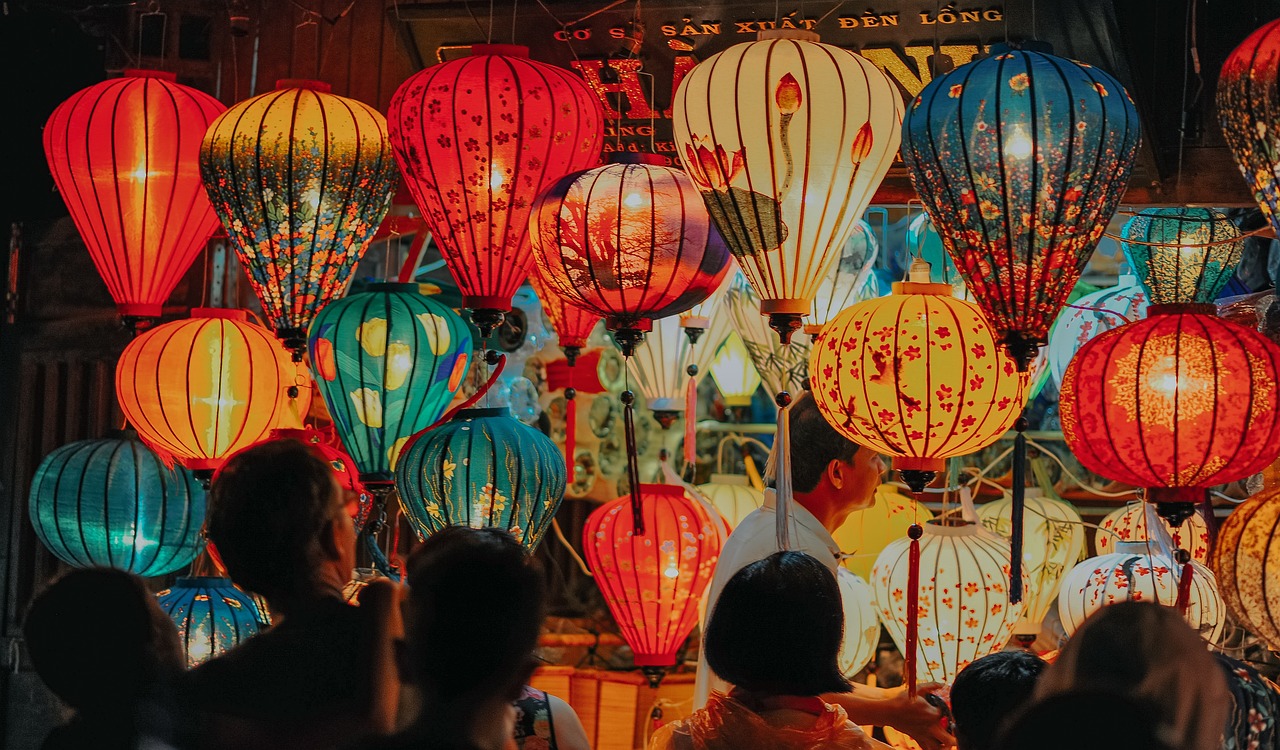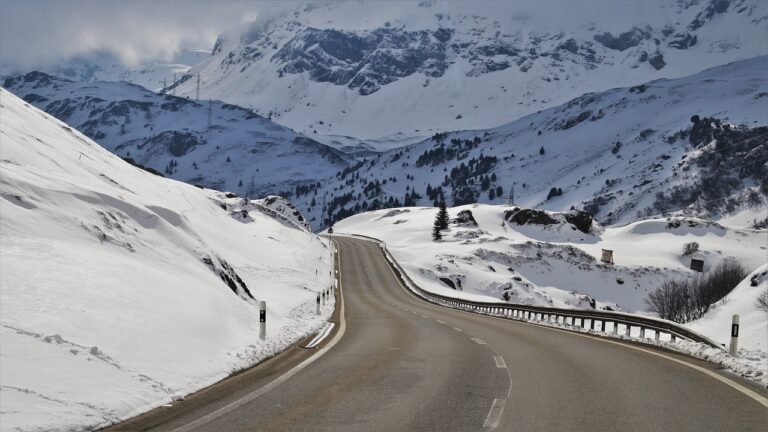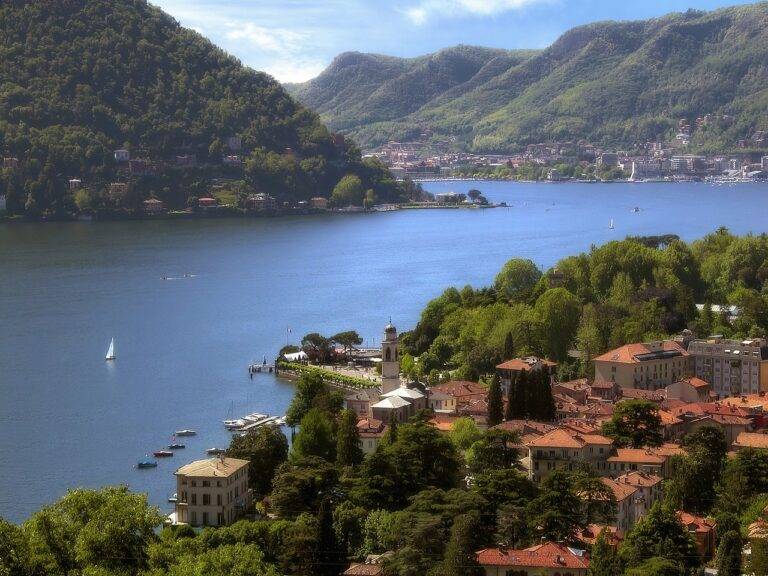Traveling for Culture: Exploring Unique Local Dance Traditions
Traveling is not just about visiting popular tourist destinations and taking photos for social media. It is also about immersing oneself in the local culture, experiencing the traditions, and connecting with the people. One of the most captivating aspects of culture is dance, as it can reflect the history, values, and identity of a community. In this article, we will delve into the world of unique local dance traditions around the globe, providing insights into the beauty and diversity of human expression through movement.
The Rich Tapestry of Dance Traditions
Dance is a universal language that transcends barriers of language and culture. It is a form of artistic expression that has been passed down through generations, evolving and adapting to the changing times. Each culture has its own unique dance traditions that tell stories of love, celebration, grief, and spirituality.
Exploring Different Dance Styles
From the energetic flamenco of Spain to the graceful movements of the Balinese Legong, there is a wide range of dance styles waiting to be discovered. Let’s take a closer look at some of the most fascinating and distinct dance traditions from around the world:
1. Flamenco (Spain)
Originating from the Andalusian region of Spain, flamenco is a passionate and expressive dance form that combines singing, guitar playing, dance, and handclaps. The intricate footwork and emotive gestures make flamenco a captivating art form that reflects the pain, joy, and resilience of the Spanish people.
2. Kathak (India)
Kathak is a classical dance form from India that originated in the temples of northern India. Known for its intricate footwork, graceful spins, and expressive storytelling, Kathak is a blend of rhythmic patterns, hand gestures, and facial expressions. Each movement in Kathak has a deeper meaning, making it a rich and profound art form.
3. Samba (Brazil)
Samba is a lively and vibrant dance style from Brazil that is synonymous with the country’s Carnival celebrations. The energetic hip movements, fast footwork, and infectious rhythms of samba reflect the exuberance and vibrancy of Brazilian culture. Samba is not just a dance but a way of life for many Brazilians.
4. Haka (New Zealand)
The Haka is a traditional Maori dance form from New Zealand that is performed by groups of men to convey a challenge, welcome, or expression of emotion. The rhythmic chanting, aggressive gestures, and stomping movements of the Haka make it a powerful and spine-tingling performance that showcases the strength and pride of the Maori people.
5. Cossack Dance (Russia)
The Cossack Dance is a traditional dance form from Russia that originated among the Cossack warriors of the Russian empire. Known for its high jumps, acrobatic moves, and intricate footwork, the Cossack Dance is a dynamic and energetic display of strength and agility. It is often performed at cultural events, weddings, and festivals in Russia.
6. Bhangra (India)
Bhangra is a lively and energetic dance form from the Punjab region of India that is performed during harvest festivals and celebrations. The fast-paced footwork, rhythmic clapping, and upbeat music of Bhangra make it a joyous and festive dance style that brings people together in a spirit of merriment and camaraderie.
Connecting with Local Communities
When traveling for culture, it is important to engage with the local communities and learn about their dance traditions firsthand. By participating in dance workshops, attending performances, or even joining in the celebrations, travelers can gain a deeper understanding of the culture and forge meaningful connections with the people.
Preserving and Promoting Cultural Heritage
Many traditional dance forms are facing challenges such as modernization, globalization, and lack of interest among the younger generation. It is crucial to support and promote these dance traditions to ensure their survival for future generations. By learning about and appreciating unique local dance traditions, travelers can play a vital role in preserving cultural heritage.
FAQs
Q: How can I learn more about traditional dance forms?
A: One of the best ways to learn about traditional dance forms is to visit cultural centers, museums, and performance venues that showcase these art forms. You can also participate in dance workshops, take classes, or watch videos online to gain a deeper understanding of the techniques and movements involved.
Q: Can I participate in local dance traditions as a traveler?
A: Yes, many communities welcome travelers to participate in their dance traditions as a way of sharing their culture and fostering cultural exchange. By showing respect for the traditions and following the guidance of local instructors, you can immerse yourself in the experience and create lasting memories.
Q: How can I support the preservation of traditional dance forms?
A: You can support the preservation of traditional dance forms by attending performances, taking classes, or donating to organizations that promote cultural heritage. By spreading awareness and appreciation for these art forms, you can contribute to their continued relevance and vitality.
Traveling for culture offers a unique opportunity to explore the world through the lens of dance, connecting with communities, and celebrating the rich tapestry of human expression. By immersing yourself in the beauty and diversity of local dance traditions, you can gain a deeper appreciation for the customs, values, and spirit of different cultures around the globe.





